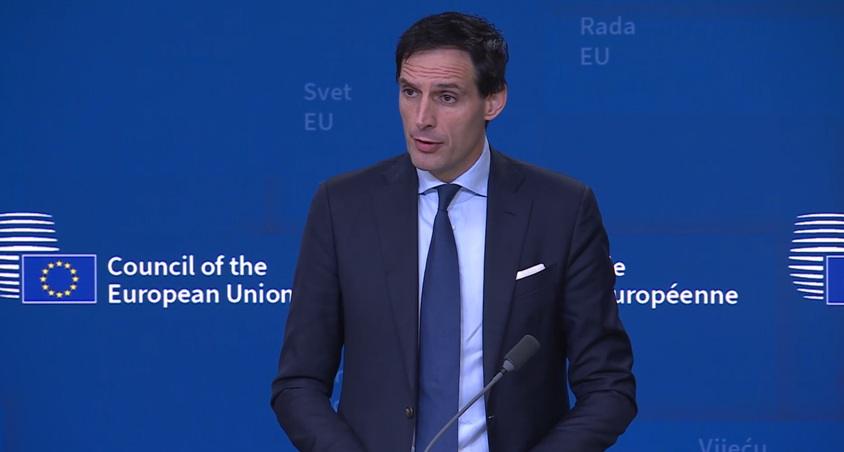Following a marathon negotiating session stretching into early Wednesday morning, the European Union’s member states have reached an agreement that could allow the EU to formally establish its next set of climate goals, including a target to reduce greenhouse gas (GHG) emissions by 90% by 2040.
The agreement followed pushback on the EU’s proposed emissions reduction goals from several member states over concerns about the economic impact of the mandatory targets, however, and required a series of compromises including a larger contribution for international carbon credits in reaching the 2040 goal, and a delay to the implementation of a new emissions pricing system, ETS2.
The European Commission presented the new 2040 target in July, with a proposal to amend the EU Climate Law, initially adopted in 2021, which set into legislation the EU goal to reach climate neutrality by 2050, as well as the EU’s current interim target to reduce net GHG emissions by at least 55% by 2030 compared to 1990. In a recent update, the Commission reported that the EU is nearly on track to hit its 2030 climate goal, and noted that it has already achieved a GHG emissions reduction of 37% as of the end of 2023 on a 1990 basis.
The Commission’s proposal introduced a series of changes from its prior climate targets, including the ability to use various forms of carbon credits to reach the 2040 goal, allowing international carbon credits under Article 6 of the Paris Agreement to be used from 2036 to contribute up to 3% of the 90% reduction target.
Leading up to the negotiations, however, several countries including Poland, the Czech Republic and Hungary voiced opposition to the 2040 goal, with some calling it unrealistic or economically risky, and others demanding that more flexibilities be introduced.
Among the key compromises reached to pass the agreement was a significantly larger potential role for carbon emissions reductions achieved outside of the EU, with member states agreeing to increase the contribution of international carbon credits to up to 5%, allowing domestic reductions to reach only 85%. The deal also reportedly included an option to add another 5% from carbon credits under emergency circumstances in the future.
The agreement will also delay the implementation of the EU’s revised Emissions Trading System, ETS2, by a year to 2028. ETS2, initially planned to be launched in 2027, will extend the EU’s carbon pricing system to new sectors, including fuel used for road transport and for heating buildings.
In addition to the 2040 target, the deal by member states also included an agreement to implement a new 2035 target to reduce emissions by between 66.25% to 72.5% by 2035, on a 2019 basis. The new goal would form the EU’s Nationally Determined Contribution (NDC) under the Paris Agreement. NDCs are national climate action plans presented by each country under the agreement, and are required to be updated every five years with increasingly higher ambition.
While the EU missed a September deadline to formally submit the 2035 NDC prior to the upcoming COP30 international climate conference, lawmakers celebrated the achievement of the agreement prior to the opening of the conference.
Following the agreement, Wopke Hoekstra, Commissioner for Climate, Net Zero and Clean Growth, said:
“Today’s deal gives business the predictability they desperately need here in Europe. It also gives us a strong hand in international negotiations because we’ll be going to COP30 in Belém with an ambitious EU NDC. The Paris Agreement continues to drive real progress and with the range that we have, between 66.25 and 72.5, we are showing just that.”

